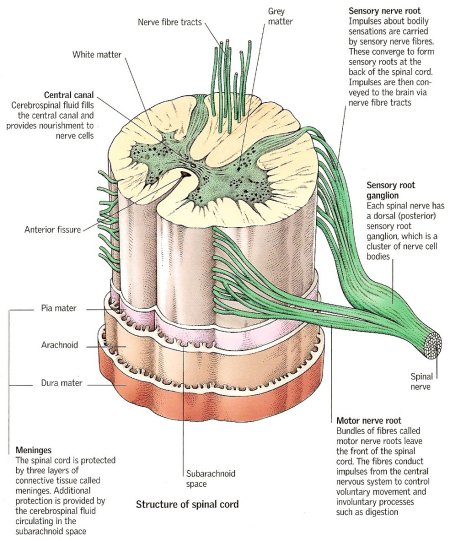Bubble, am dating myself with the cell wall comment...I understand the correct term today is membrane...in doing a quick review of names, I'm surprised just how many names have changed... although I should not be, as you use the term "ex vivo", which I had never heard of (I know it as "in vitro".)
Note: Not sure what one today calls the outside of cells that have rigid walls.. as "wall" seems to be used only for plant cells.
In any case, the issue as to membrane and stiff structures surrounding cells versus the everything else is a valid concern. As is the issue of measurement protocal. Without methology of the measurement, one is left to guess how it was done.
Even using the term "spinal cord" sort of implies it was not very detailed information, as what part of the spinal cord are we talking about?

I doubt seriously that all those structures have the indentical gas absorption characteristics.
My experience with research papers that do not provide test protocals is that they usually also are not very accurate.
Note: Not sure what one today calls the outside of cells that have rigid walls.. as "wall" seems to be used only for plant cells.
In any case, the issue as to membrane and stiff structures surrounding cells versus the everything else is a valid concern. As is the issue of measurement protocal. Without methology of the measurement, one is left to guess how it was done.
Even using the term "spinal cord" sort of implies it was not very detailed information, as what part of the spinal cord are we talking about?

I doubt seriously that all those structures have the indentical gas absorption characteristics.
My experience with research papers that do not provide test protocals is that they usually also are not very accurate.




